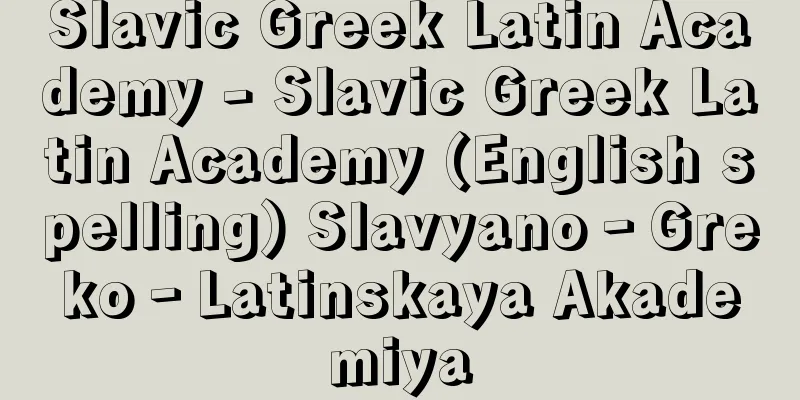Miura Meisuke

|
Year of death: 17 March 1864 (10 February 1864) Year of birth: 1820 A leader of the peasant uprising of Morioka Domain in 1853 (Kaei 6). Born as the eldest son of a branch family (living with the main family) of farmers in Kuribayashi Village, Kamihei District, Mutsu Province (Iwate Prefecture), with the household name Higashi. His father was Josuke (also called Rokuemon). Around the age of 10, he studied the Four Books and the Five Classics in Tono Town. From around the age of 17, he went to work at the Innai silver mine in the Akita Domain's territory, and at the age of 19, he returned to the village and married Masa, who was one year older than him, and began selling grains and seafood in the domain. Due to his sturdy build, he was almost ordered to carry the palanquin of the feudal lord, but was spared because he was too fat. By the age of 33, he had become the father of three sons and two daughters, and became the de facto head of the Higashi family after the death of the head of the main family. In 1853, he participated in a meeting in Kuribayashi Village, and worked as one of the leaders of a peasant uprising (commonly known as the Sanhei Ikki) that pushed out from Nodori in the north. To make the uprising a success, he cooperated with Tanohata Village Tasuke and others, and in November he returned to the village and became the village's elder statesman. As a token of appreciation for the success of the uprising, he visited Shiogama Shrine in Sendai Domain on his behalf and made an offering of a plaque. He also went to Tono with other leaders and expressed his gratitude to Tono Yarokuro, a senior retainer of the Morioka Domain, who had supported the uprising. After returning to the village, he was caught up in a village commotion over the change of village officials and was detained by the domain, but he escaped and fled to the Sendai Domain disguised as a monk, calling himself Gijo. In the Sendai Domain, he took the monk's name Myoei and lived in the village as a monk at Tojuin, a Tozan sect Shugenji temple. To obtain a license to run the temple, he went to Kyoto and became a retainer of the Nijo family, one of the five regent families. In 1857 (Ansei 4), he tried to enter the Morioka Domain, wearing a daisho and a shogun's uniform, with his retainers, bearing a picture of Nijo-dono's official use, but was caught and imprisoned in Morioka. From prison he wrote four books filled with Buddhist scriptures and opinions for his wife and children, which he sent to his family. He died in prison in 1864. Inosuke's notebooks are known collectively as "Prison Diaries," and in them he encourages his family to produce a variety of crops and processed goods and sell them widely, and for his children to learn skills and strive to earn money. He also recommended that if he were killed he should go to Edo and run a tofu shop, but as criticism of the feudal lord grew stronger he recommended that he move to Matsumae in Ezo and become a farmer for the government. "Nambu Gimin Den" was later written, with Inosuke as the main character. <References> Mori Kahei, "The Life of Miura Inosuke, Leader of the Nanbu Domain Peasant Rebellion," and Fukaya Katsumi, "The Life of Nanbu Farmer Inosuke" (Katsumi Fukaya) Source: Asahi Japanese Historical Biography: Asahi Shimbun Publications Inc. About Asahi Japanese Historical Biography |
|
没年:元治1.2.10(1864.3.17) 生年:文政3(1820) 嘉永6(1853)年の盛岡藩百姓一揆の指導者。陸奥国上閉伊郡(岩手県)栗林村百姓,屋号東の分家(本家と同居)の長男に生まれた。父は定助(六右衛門とも称す)。10歳前後に遠野町で四書,五経を習う。17歳ごろから秋田藩領院内銀山に出稼ぎをし,19歳で帰村,1歳年上のまさと結婚し,領内で穀物や海産物などの荷駄商いを始めた。体格頑丈のため藩主の駕籠担ぎを命じられそうになったが肥りすぎで免れる。33歳ごろまでに3男2女の親となり,本家当主の死で東の家の事実上の当主になる。嘉永6年栗林村集会に参加,北方の野田通から押しだした百姓一揆(通称三閉伊一揆)の頭人のひとりとして働いた。一揆成功のため田野畑村太助らに協力し,11月帰村,村の老名役になる。一揆成就の謝礼に仙台領塩竈神社へ代参し額を奉納,また他の頭人と遠野へ行き,一揆に力添えしてくれた盛岡藩重臣遠野弥六郎に謝辞を述べる。 帰村後村役人交替をめぐる村方騒動にまきこまれ,藩に拘留されたが脱走し,出家姿で仙台領へ出奔,義乗と名乗る。仙台領で僧名明英となり,当山派修験寺東寿院で修験として村に住んだ。本山の免許を得るため京都へ向かい,五摂家二条家の家来格になる。安政4(1857)年,大小を帯し家来を連れ二条殿御用の絵符を立て盛岡藩領に入ろうとし,捕らえられて盛岡で入牢。牢内から経文や妻や子供への意見を書きつらねた帳面を4冊仕上げて家族に送る。元治1(1864)年牢死。命助の帳面は『獄中記』と総称されているが,そのなかで多様な作物や加工品をつくって家族で売り広めることや,子供たちが手に技術をつけ貨幣取得を心掛けることなどを勧めている。また自分が殺された場合は江戸へ出て豆腐屋を営むことを勧めたが,しだいに藩主批判が強まるにつれ,蝦夷地の松前に移住して公儀の百姓になることを勧めた。命助を主人公にした『南部義民伝』がのち著された。<参考文献>森嘉兵衛『南部藩百姓一揆の指導者三浦命助伝』,深谷克己『南部百姓命助の生涯』 (深谷克己) 出典 朝日日本歴史人物事典:(株)朝日新聞出版朝日日本歴史人物事典について 情報 |
Recommend
Great Inspection - Okemi
During the Edo period, when taxes were collected b...
Braga, T.
…The works of these writers, known as the “Writer...
Ikuta Style
…Currently, there is a tendency to call all style...
Shahnameh (English spelling)
Meaning "Book of the Kings," this is the...
Iyokan (Iyokan) - Iyokan
A shrub of the Rutaceae family. It was introduced ...
experimental embryology
...In fact, it cannot be denied that the fact tha...
synaptic vesicle
…This refers to the contact point between neurons...
exon
...Such DNA segments within the structural gene t...
Judgment with declaration of provisional execution - karishikko sengentsukihanketsu
…On the other hand, the existence of the claim as...
The True Record of the Origin of the Incas - The True Record of the Mood of the Incas
…He was born in Cusco as the son of a conquistado...
roots
A novel by the African-American American author Al...
Intertillage - Chukou
Also called inter-row tilling, this is the work of...
Ichiou Soshu - Ichiou Soshu
…This is the most representative teahouse of the ...
Vincentius (of Saragossa)
A Spanish martyr saint born around 304 AD. In Span...
Shigenari Inage - Inage Shigenari
Year of death: 23rd June 1205 (11th July 1205) Yea...









